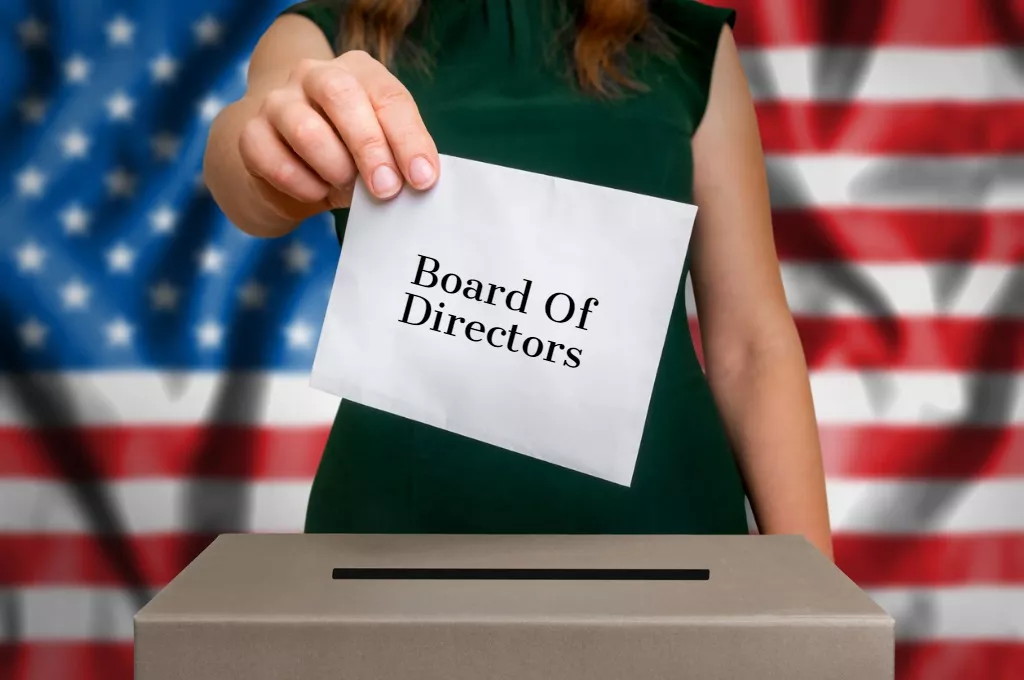March 20, 2023
When Banks Go Bankrupt: What You Need to Know About the Recent Bank Failures
On Friday, March 10, Silicon Valley Bank collapsed. Two days later, the New York-based Signature Bank failed, too. In a joint statement Sunday, the U.S. Treasury Department, the Federal Reserve, and the Federal Deposit Insurance Corp. (FDIC) announced that all deposits at both banks would be guaranteed, but not at the expense of taxpayers.
Bank failures can understandably cause consumers to worry about their own funds. The good news is there is generally no need for panic. Here are all your questions on bank failures, answered.
What caused the two recent bank failures?
The short answer to this loaded question: a bank run. This happens when lots of depositors withdraw their funds in cash at the same time and the bank runs out of cash.
Just two days before the SVB collapse, the bank’s CEO, Greg Becker, sent a letter to shareholders informing them that SVB had lost $1.8 billion on the sale of U.S. Treasury and mortgage-backed securities. Becker also announced the bank planned to raise $2.25 billion to shore up its finances. This sparked a panic among the bank’s customers, who collectively withdrew $42 billion from their accounts on Thursday. By Friday morning, SVB had a negative $958 million cash balance. The FDIC took over SVB and established the new Deposit Insurance National Bank of Santa Clara.
Two days later, on Sunday, New York state regulators closed Signature Bank. The lender primarily served real estate and law firms and had recently started focusing on the cryptocurrency industry. At Signature, a similar bank run occurred, and the FDIC took over, establishing the new Signature Bridge Bank N.A.
Are bank failures a regular occurrence?
While it’s always alarming to learn of a bank failure, they do occur more frequently than most people assume. According to the FDIC, there have been a total of 563 bank failures since 2001. However, these two recent failures are the first since the collapse of the Almena State Bank of Kansas in October of 2020. These failures were also fairly significant, coming in as the second- and third-largest bank failures in history, topped only by the fall of Washington Mutual in 2008.
What do the failures mean for the banking industry and the economy?
In the joint news release, the Fed said:
“The U.S. banking system remains resilient and on a solid foundation, in large part due to reforms that were made after the financial crisis that ensured better safeguards for the banking industry.”
This statement refers to the reforms placed on the banking industry during the 2008 financial crisis. However, some reforms have since been rescinded, including the Dodd-Frank Act for regional banks of less than $250 billion in assets.
The Federal Reserve Board also announced it will create additional sources of liquidity through the creation of a fund that would safeguard deposits. The new Bank Term Funding Program will offer loans of up to one year to banks, savings, associations, credit unions and other eligible depository institutions that pledge U.S. Treasuries, agency debt and mortgage-backed securities as collateral.
In addition, some economists believe the Fed will dial back its efforts in raising interest rates. Also, while some warn of impending stock declines and other alarming factors, the long-term impact of the recent bank failures on the economy will only become apparent with the passage of time.
Will bank customers get their deposits back?
All deposits at federal banks are insured by the FDIC up to $250,000. This applies for both corporate and personal accounts. This leaves all deposits that exceed this amount unprotected. According to a Bloomberg analysis, more than 90% of SVB’s deposits were not insured by the FDIC. As a choice bank for startups, venture capitalists and tech companies, SVB had remarkably large accounts in its $209 billion of assets. However, the U.S. government has announced that all customers of the failed bank will get their deposits back, including those exceeding $250K. The FDIC will facilitate buyers for SVB and Signature Bank. It will also sell off SVB’s assets to be used for future disposition.
Is my money safe at a credit union?
As a member of Interior Federal, your money is always safe. The National Credit Union Administration (NCUA) insures all deposits up to $250,000. If you have questions, the National Credit Union Administration’s (NCUA) provides a Share Insurance Estimator, helping credit unions members know how its share insurance rules apply, what’s insured and what portion (if any) exceeds coverage limits.
Want more credit union information?
Subscribe to eNews




